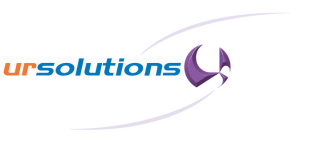- Privacy Policy
- Our Service Commitment
- Red Hat Delivers Accessible, Open Source Generative AI Innovation with Red Hat Enterprise Linux AI
- Is Red Hat OpenShift Container Platform Virtualization the Best Alternative to VMware Amid Rising Costs?
- Top 10 Stories About Compute Engines, Linux of 2024 (So Far) - ITPro Today
UR Solutions News
Open-source News
GNU Linux-libre 5.15 Released - More Deblobbing, Fixing "-Werror" Breakage
Use the Linux cowsay command for a colorful holiday greeting
You may have heard of a small program that takes input, such as a message that you type, and outputs a picture of a cow quoting your message. It is called cowsay. It has been written about before here on Opensource.com.
So, to have a little fun with it, I thought I'd use it to celebrate Día de los Muertos (Day of the Dead).
read more
How I dynamically generate Jekyll config files
Jekyll, the static site generator, uses the _config.yml for configuration. The configurations are all Jekyll-specific. But you can also define variables with our own content in these files and use them throughout your website. In this article, I'll highlight some advantages of dynamically creating Jekyll config files.
read more
How to Install Skype on Rocky Linux / AlmaLinux
Skype is a hugely popular telecommunications application that enables people from around to get connected in a simple and convenient way. With Skype, you can easily connect and stay in touch with your family,
The post How to Install Skype on Rocky Linux / AlmaLinux first appeared on Tecmint: Linux Howtos, Tutorials & Guides.Red Hat OpenShift and other solutions behind customer and partner success stories
In this post, we’re featuring an Argentina-based company and the Red Hat products that have helped it modernize services for customers in the United States, Europe and beyond.
